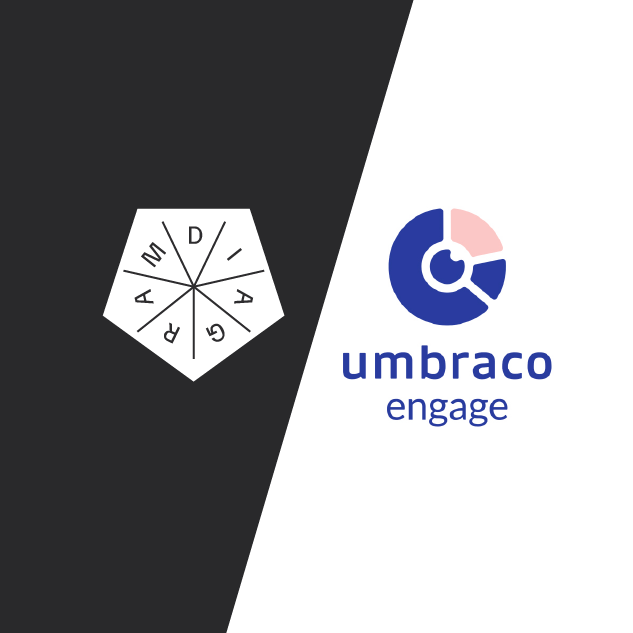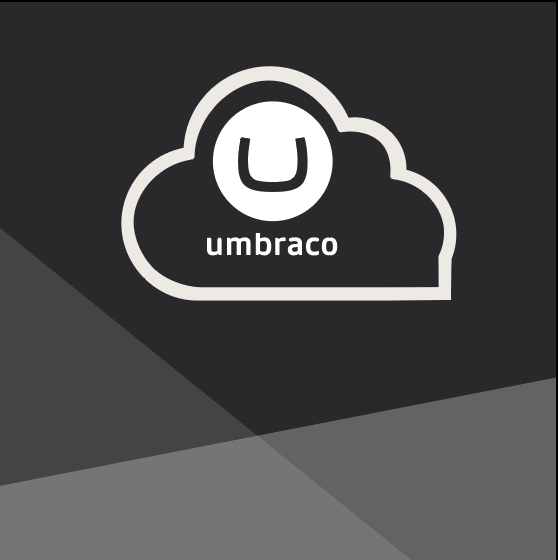How to Get More Digital Marketing Dollars for Your Budget
Allison Casey Digital Marketing Director, Partner#Digital Marketing

Need to determine the true value of your marketing efforts? Learn what metrics to report on to maximize your marketing budget.
Marketing departments like to spend money. True Story. The old adage, “You have to spend money to make money,” while true, really should be, “You have to spend money in the right areas to make money.” While many bosses theoretically understand that a solid marketing team can directly impact your company’s bottom line, 73% of executives don’t believe that marketers are focused enough on results to truly drive incremental customer demand. If the majority of executives think marketing programs lack credibility, it simply doesn’t make sense to bombard them with metrics that don’t indicate bottom-line impact.
Evaluating marketing programs and spending should be evaluated frequently for success factors as set by your business. But how should you evaluate these programs? What kind of calculations can you do and report to your boss in order to ask for more money for digital marketing programs that are working? Here are three key metrics you should be calculating:
Cost of Customer Acquisition (CAC)
The Customer Acquisition Cost (CAC) is a metric used to determine the total average cost your company spends to acquire a new customer. It’s pretty simple to calculate: just take your total marketing spend for a set time period and divide by the number of new customers for that time period. Ideally, you want your cost of customer acquisition to be lower than the lifetime value of your customer (see next calculation) . If you find you are spending more than the value of the customer, you will want to look at your programs and efficiencies. However, a low number might also mean that you could spend a bit more on the programs that are working to get more leads and customers.
Lifetime Value (LTV) of Customer
Customer lifetime value is another calculation needed to make key business decisions about not only marketing, but sales, product/service development and customer support. Simply put, it’s the value a customer contributes to your business over their entire lifetime at your company. This number is calculated by taking average value of a sale times the expected number of additional income multiplied by the average retention time for that customer.
Knowing your LTV is important, because the value of a marketing campaign should not just be calculated based on the instant revenue it drives. Marketing campaigns should also be contributing to growing the LTV for your client through nurturing campaigns to keep them engaged with your company
Marketing Originated Customer %
The Marketing Originated Customer % is a ratio that shows what portion of your total customer acquisitions directly originated from marketing efforts. You can calculate this by dividing the number of new customers that started as a marketing lead by all of the new customers from a period of time.
This number illustrates the impact that your marketing team’s lead generation efforts have on acquiring new customers. It can fluctuate based on what type of marketing/sales model you have in place. For instance, if you have outside/inside sales people you might have a 20-40% marketing originated customer rate because they are most likely doing more prospecting. If you are more digital/inbound focused that number might be closer to 40-80% because you are spending more on your digital campaigns to bring traffic and conversions through your website as your primary source of lead generation.
As marketers, we track so many different data points to better understand what’s working and what’s not that it can become easy to lose sight of what’s most important. When you can present marketing metrics that resonate with your decision-makers and directly relate to the company’s revenue/bottom line, you’ll be in a much better position to make the case for budgets and strategies that will benefit your marketing team now and in the future.
Photo by Mackenzie Marco on Unsplash
Related Posts

Announcing Our Partnership with uMarketingSuite to Elevate Marketing Analytics and Personalization
We are excited to announce our partnership with uMarketingSuite to elevate marketing analytics and personalization.

How Umbraco Cloud Eliminates Technical Roadblocks and Empowers Marketers
How Umbraco Cloud Eliminates Technical Roadblocks and Empowers Marketers: focus on marketing instead of IT hassles to drive business growth effectively.
Results Matter.
We design creative digital solutions that grow your business, strengthen your brand and engage your audience. Our team blends creativity with insights, analytics and technology to deliver beauty, function, accessibility and most of all, ROI. Do you have a project you want to discuss?
Like what you read?
Subscribe to our blog "Diagram Views" for the latest trends in web design, inbound marketing and mobile strategy.
